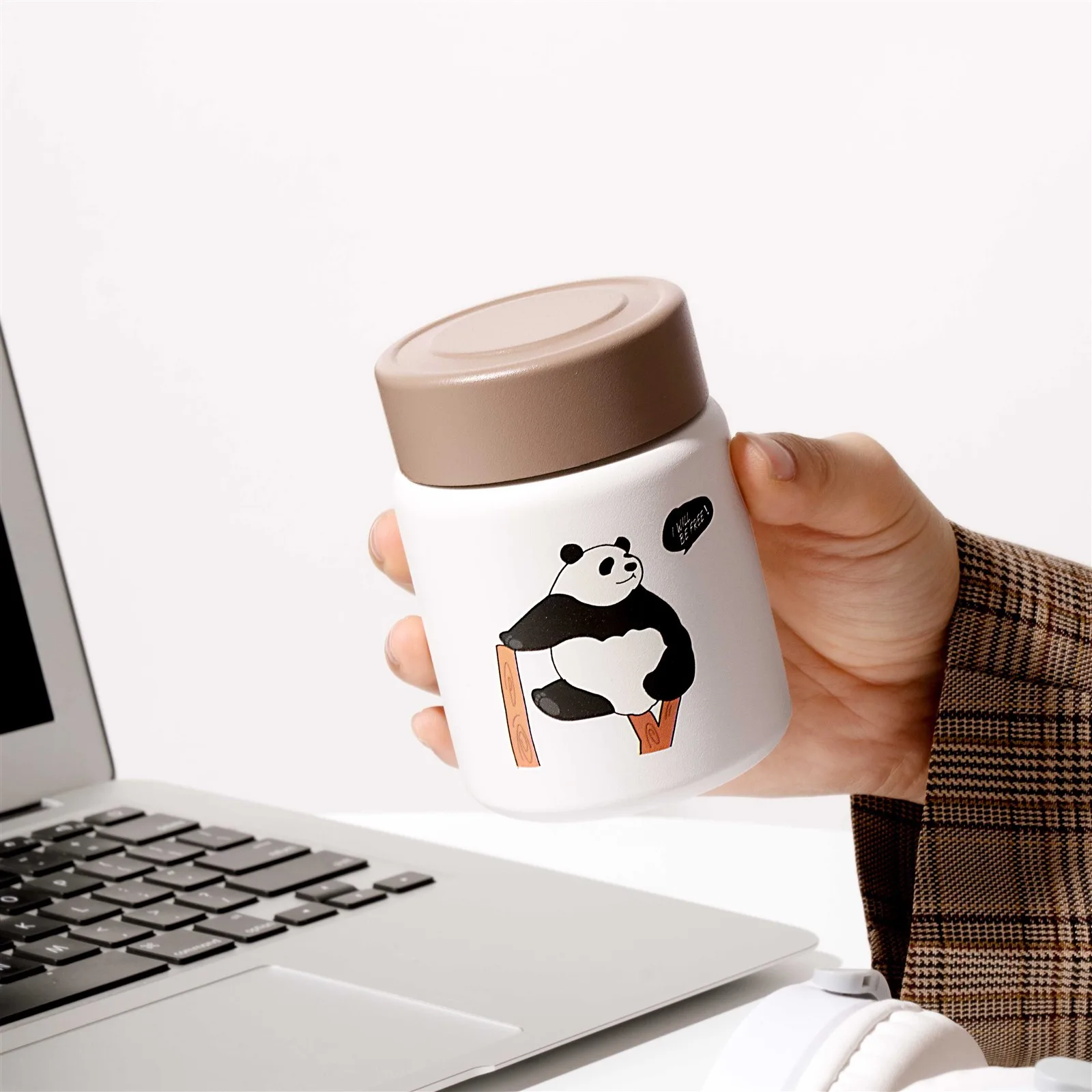Water bottles, a ubiquitous item in daily life, play a crucial role in meeting our drinking needs. Especially during outdoor activities, a good insulated water bottle can ensure that we can still enjoy hot drinks in cold weather. However, the performance of insulated water bottles is not uniform, and their insulation effect is influenced by various factors, including material, capacity, and usage. This article will delve into how these factors affect the insulation time of water bottles, providing reference for outdoor activities.
1, The influence of materials
The material of a insulated water bottles has a decisive impact on its insulation performance. The common materials for insulated water bottles on the market currently include stainless steel, glass, and plastic.
Stainless steel is the most common material for insulated water bottles, which has the advantages of being durable, not easily damaged, and having good insulation performance. The insulation effect of stainless steel water bottles mainly depends on its manufacturing process and the quality of the vacuum interlayer. High quality stainless steel insulated bottles can effectively block thermal radiation and conduction, thereby maintaining water temperature for a long time.
Although glass insulated bottles are relatively rare, they are favored in certain situations such as in environments that require absolute sterility due to their stable chemical properties and good insulation performance. The insulation effect of glass insulated bottles mainly benefits from their tight lid and good insulation performance.
Plastic water bottles are another common choice, with the advantages of being lightweight and not easily broken. However, the insulation performance of plastics is relatively poor, and they are prone to deformation or release harmful substances under high temperatures or sunlight. Therefore, plastic water bottles are not suitable for long-term or high-temperature insulation needs.
2, The impact of capacity
The capacity of a insulated bottles can also affect its insulation effect. Generally speaking, larger water bottles require more heat to heat water, while smaller water bottles can reach and maintain temperature faster. Therefore, in outdoor activities, it is particularly important to choose a suitable capacity of insulated bottles. If you expect to consume a large amount of hot water in a short period of time, choosing a large capacity insulated bottles may be more appropriate. On the contrary, if the demand for drinking water is small, a small capacity insulated bottles may be more practical.
3, The impact of usage methods
In addition to material and capacity, the usage method can also affect the insulation effect of the insulated water bottles. For example, frequent opening of bottle caps can cause external air to enter the bottle, disrupt the temperature balance inside the bottle, and lead to faster heat loss. In addition, filling a cooled insulated water bottles with hot water will cause a rapid decrease in the temperature inside the insulated water bottles, thereby shortening the insulation time. Therefore, in order to extend the insulation time, we should try to reduce the number of times the bottle cap is opened and maintain a stable temperature inside the bottle as much as possible.
4, Outdoor activity recommendations
A good insulated water bottle can greatly enhance our comfort and safety during outdoor activities. Here are some suggestions on how to choose and use insulated water bottles:
Choose the appropriate capacity and material based on the type and duration of the activity. For example, long-distance hiking may require a large capacity, durable, and well insulated stainless steel or glass water bottles.
If possible, try to heat the water in advance before departure so that you can enjoy hot drinks during outdoor activities.
Try to reduce the number of times the bottle cap is opened to maintain a stable temperature inside the bottle.
The use of insulated cup covers can further enhance the insulation effect and prevent water bottles from freezing and cracking in cold environments.
After use, clean and air dry the insulated water bottle in a timely manner to extend its service life.
In summary, the insulation time of a water bottle is influenced by various factors, including material, capacity, and usage. A good insulated water bottle can greatly enhance our comfort and safety during outdoor activities. Therefore, we should choose the appropriate material and capacity according to the specific situation, and pay attention to the correct usage method.


